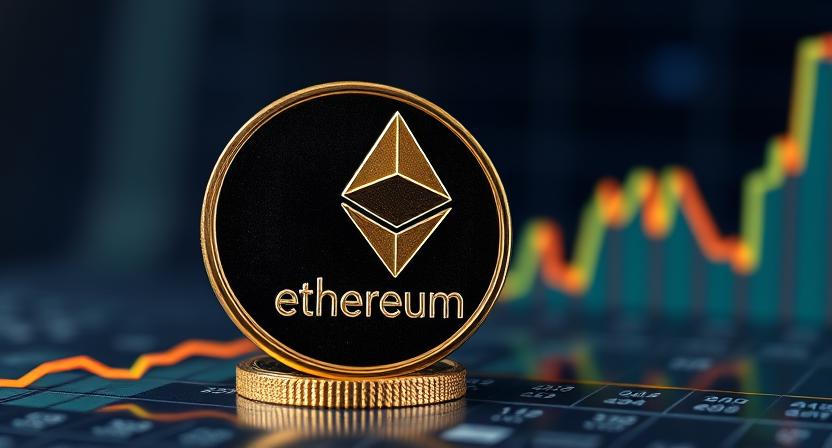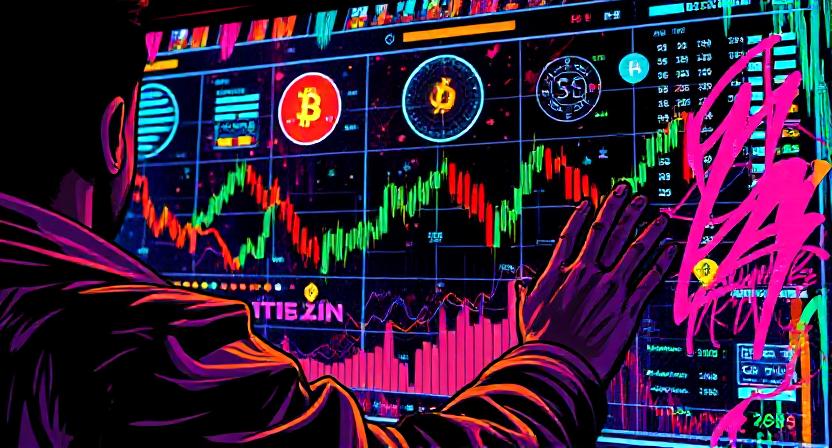
Ethereum, the second-largest cryptocurrency by market capitalization, has been a central pillar in the blockchain ecosystem since its launch. As the backbone for decentralized finance (DeFi), non-fungible tokens (NFTs), and smart contracts, Ethereum has become more than just a digital currency — it’s an evolving platform that drives innovation across the crypto space.
With the successful rollout of Ethereum 2.0 upgrades and growing institutional interest, many investors and analysts are turning their attention to the next phase of Ethereum’s market trajectory. What might Ethereum be worth in the next three years? Let’s explore its potential, considering multiple perspectives.
Where Ethereum Stands Today
As of mid-2025, Ethereum is trading in the range of $3,500–$4,000, after a period of recovery following the broader crypto market downturn of 2022–2023. Network upgrades, reduced gas fees, and Layer 2 scaling solutions like Arbitrum and Optimism have contributed to renewed optimism in the ecosystem. Ethereum’s transition to proof-of-stake (PoS) is now complete, and staking has become a cornerstone of the network’s security and economic model.
The Ethereum blockchain continues to host thousands of decentralized applications (dApps), including popular DeFi platforms like Aave, Uniswap, and Compound. It also supports emerging sectors such as blockchain gaming, tokenized assets, and AI-powered smart contracts.

Key Drivers of Ethereum’s Future Price
Several factors will influence Ethereum’s price over the next three years:
1. Network Development and Scaling
Ethereum’s roadmap is still active. Future upgrades like “Danksharding” aim to significantly improve scalability and reduce transaction costs further. Successful implementation of these improvements will likely boost adoption, driving both developer activity and user engagement — key contributors to upward price momentum.
2. Adoption in Real-World Use Cases
The expansion of Ethereum’s role in sectors like supply chain management, healthcare data, digital identity, and finance could lead to broader adoption. Enterprise integration through Ethereum Layer 2 networks and rollups is also increasing. As demand for ETH grows due to transaction usage, price appreciation may follow.
3. Tokenomics and Supply Dynamics
With Ethereum’s shift to proof-of-stake and the introduction of EIP-1559 (which burns a portion of transaction fees), ETH has become semi-deflationary. As long as network activity remains strong, the circulating supply of ETH may decrease over time, creating upward pressure on price due to scarcity.
4. Regulatory Environment
Regulation remains one of the largest unknown variables. Clear guidelines that recognize Ethereum as a decentralized utility rather than a security will encourage further institutional involvement. On the other hand, negative regulatory actions could suppress investor sentiment temporarily.
5. Market Sentiment and Global Macro Trends
Global financial trends, inflation rates, interest policies, and geopolitical tensions will continue to affect crypto markets. If cryptocurrencies increasingly serve as a hedge against fiat instability, Ethereum could benefit alongside Bitcoin as a core digital asset.
Year-by-Year Price Forecast
Based on current market conditions, historical data, and expected developments, here’s a speculative outlook for Ethereum’s price over the next three years:
End of 2025: Estimated Range $5,000 – $6,500
Ethereum’s price in late 2025 could benefit from:
- Continued improvements in transaction scalability
- More mainstream use of DeFi platforms
- Broader staking participation
- Higher institutional involvement
This year is likely to be a consolidation period, with Ethereum potentially reclaiming its previous all-time high of around $4,800 and pushing into the $5,000–$6,500 range if market conditions remain favorable.
End of 2026: Estimated Range $6,500 – $9,000
2026 may witness stronger momentum driven by:
- Institutional adoption of Ethereum-based financial services
- Expansion of the tokenized asset market (including real estate and commodities)
- Advanced AI integrations into smart contracts
- Increased scarcity from ETH burns
If global markets stabilize and Ethereum delivers further on its roadmap, a bullish case could push ETH close to the $9,000 mark. A more moderate trajectory would still support a price well above $6,500.

End of 2027: Estimated Range $8,000 – $12,000+
By this point, Ethereum could be a foundational infrastructure for several mainstream applications beyond crypto-native uses. Potential catalysts include:
- Integration into national and international fintech ecosystems
- Significant participation from central banks or financial institutions in tokenized economies
- Maturity of rollup technologies, bringing near-zero gas fees
- Complete sharding implementation across the Ethereum network
In an optimistic scenario, Ethereum could cross the $10,000 threshold, provided the broader economy remains supportive and adoption reaches critical mass. Conservative estimates still place Ethereum well above $8,000 by the end of 2027.
Risks and Challenges Ahead
While the long-term outlook for Ethereum is strong, certain risks should not be ignored:
- Technical Delays: If network upgrades are delayed or fail to deliver the expected benefits, user experience could suffer.
- Competition: Other smart contract platforms like Solana, Avalanche, or future entrants could challenge Ethereum’s dominance.
- Security Issues: Smart contract vulnerabilities and protocol exploits may continue to pose reputational risks.
- Economic Uncertainty: Global recessions, shifts in investor behavior, or collapses in crypto institutions could slow momentum.
Investors should always consider these factors and remember that cryptocurrency markets are inherently volatile.
Conclusion
Ethereum has established itself as more than just a digital currency — it is the operating system of Web3. Its future price will be shaped by a combination of technological innovation, economic forces, and social acceptance.
Over the next three years, Ethereum’s continued progress could transform it from a decentralized developer hub into a global financial backbone. While predicting exact prices is inherently uncertain, the general trajectory suggests strong long-term growth potential, especially if Ethereum continues delivering on its vision of a scalable, secure, and decentralized future.

